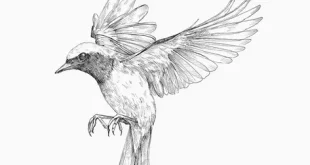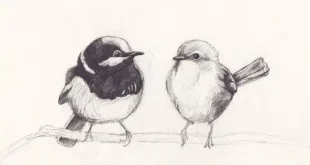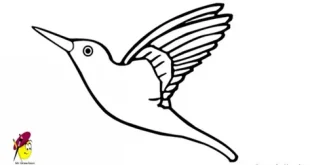Title: The Graceful World of White Birds in the USA
1. Introduction to the Elegance of White Birds
White birds have always symbolized peace, purity, and harmony in nature. Across the USA, they can be seen gliding through wetlands, coastlines, and forest edges, creating a serene visual contrast against blue skies or green landscapes. These birds are admired not only for their beauty but also for their ecological importance in maintaining balance within their habitats. From majestic swans to delicate egrets, their presence brings calmness and grace to every ecosystem they inhabit. Observing these snowy-feathered creatures in flight or resting near lakes offers a tranquil connection between humans and nature. Their silent elegance and purity of color remind us of the simplicity and charm found in wildlife. White birds hold a special place in American biodiversity, reflecting the fragile beauty of the natural world that surrounds us.
2. Diversity and Habitat of White Birds
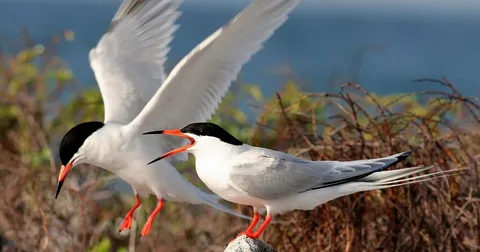
The USA hosts a rich variety of white-feathered bird species found in different habitats, from the Atlantic coast to inland lakes and rivers. Great Egrets often dwell in marshes, feeding gracefully on fish and amphibians. Snowy Owls, with their pure plumage, inhabit northern tundra regions during the winter months. White Ibises prefer southern wetlands and coastal estuaries, while swans and pelicans thrive in freshwater and coastal areas. Each bird adapts uniquely to its environment, showing impressive survival skills and behaviors suited to seasonal changes. These habitats not only provide food and shelter but also play a crucial role in nesting and migration. The presence of such species across various states showcases the environmental diversity of the USA and the importance of protecting these natural areas from pollution and human interference.
3. Behavioral Traits and Feeding Patterns
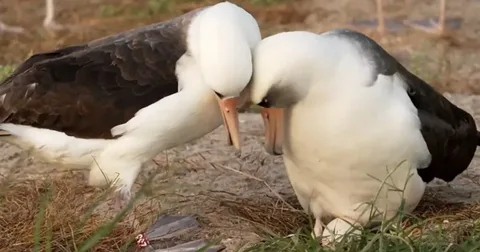
The feeding habits of white birds are fascinating, reflecting adaptability and intelligence. Many species like the Great Egret and Snowy Egret use a patient hunting technique, standing motionless before swiftly catching prey. Swans and pelicans, on the other hand, feed mainly on aquatic plants, fish, and insects, ensuring ecosystem stability by controlling species populations. Their diet changes with habitat conditions, demonstrating a strong connection to their environment. Some species migrate long distances to find suitable feeding grounds during different seasons, showing remarkable endurance and navigational ability. Communication among flocks also plays an important role during feeding, with calls and body gestures maintaining coordination. Observing these natural behaviors gives insight into their survival strategies and helps researchers understand their role within ecological systems across American wetlands and coastlines.
4. Importance of Conservation and Protection
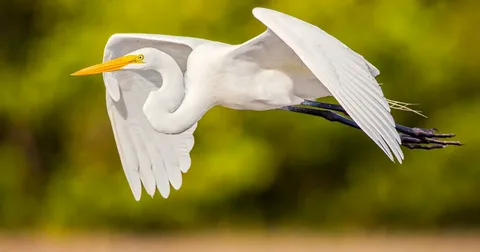
Conservation of white bird species in the USA is essential for preserving biodiversity and natural heritage. Many birds face threats due to habitat loss, climate change, and human encroachment. Wetlands and coastal ecosystems, which serve as primary habitats, are increasingly at risk from pollution and land development. Organizations and wildlife agencies actively work to safeguard these regions by establishing bird sanctuaries and implementing environmental protection policies. Educational programs also encourage communities to participate in conservation efforts by reducing waste and preserving water quality. Protecting these birds ensures the stability of ecosystems where they contribute to nutrient cycling and insect control. Without proper conservation measures, the balance of many natural habitats could decline, affecting not only birds but countless other species dependent on shared ecosystems across the country.
5. Symbolism and Human Connection with White Birds
Throughout history, white birds have carried deep symbolic meaning in American art, culture, and spirituality. They often represent hope, peace, and transformation. Seeing a white dove, for instance, is commonly associated with new beginnings and freedom. Many artists and poets have drawn inspiration from these pure creatures to express beauty and serenity in their work. Birdwatching enthusiasts in the USA also find joy and relaxation in observing these species in the wild, particularly during migration seasons when large flocks decorate the skies. The presence of such birds reminds humanity of its connection to nature and the importance of coexistence with wildlife. Their graceful flight patterns and calm demeanor encourage people to appreciate the harmony found in the natural world and inspire ongoing efforts to protect and cherish it.
6.The Graceful Charm of the White Bird
The white bird, with its gleaming feathers and tranquil presence, is a universal symbol of purity and peace. Found across many regions of the world, it graces both quiet lakes and open skies with effortless beauty. Its snowy plumage glows softly under the sunlight, creating a vision of serenity that calms every observer’s heart. Whether gliding over oceans or resting on treetops, the white bird moves with elegance and quiet confidence. In many cultures, it is believed to carry messages of hope, renewal, and divine guidance. Its gentle demeanor and harmonious flight patterns remind humanity of balance and grace within nature’s grand design. Artists, poets, and dreamers throughout history have often drawn inspiration from its calm yet powerful symbolism, seeing in it a reflection of purity, freedom, and spiritual awakening.
7.Habitat, Behavior, and Symbolic Meaning
White birds inhabit diverse environments, ranging from coastal wetlands to mountainous regions and dense tropical forests. They feed on small fish, seeds, and insects, playing an important role in maintaining ecological harmony. During the breeding season, many species build intricate nests high in trees or near water bodies to protect their young. The courtship rituals of white birds often include synchronized movements, delicate calls, and the sharing of nesting materials. Symbolically, the white bird has long been associated with peace, new beginnings, and the cleansing of the spirit. Its color represents clarity, truth, and the light that guides through life’s darker moments. Across religions and mythologies, the appearance of a white bird is seen as a sacred sign of hope and divine protection. To witness one in flight is to experience the quiet strength of nature’s eternal beauty.
 Birds Drawing Birds Drawing
Birds Drawing Birds Drawing

